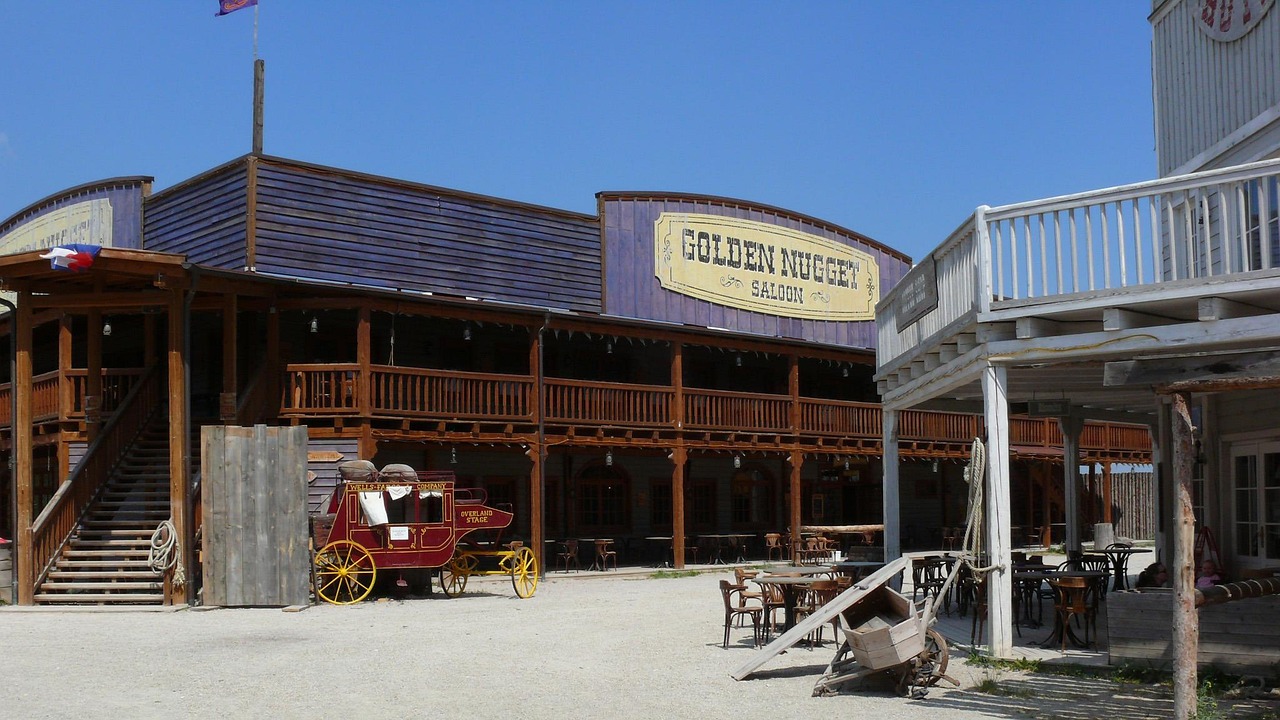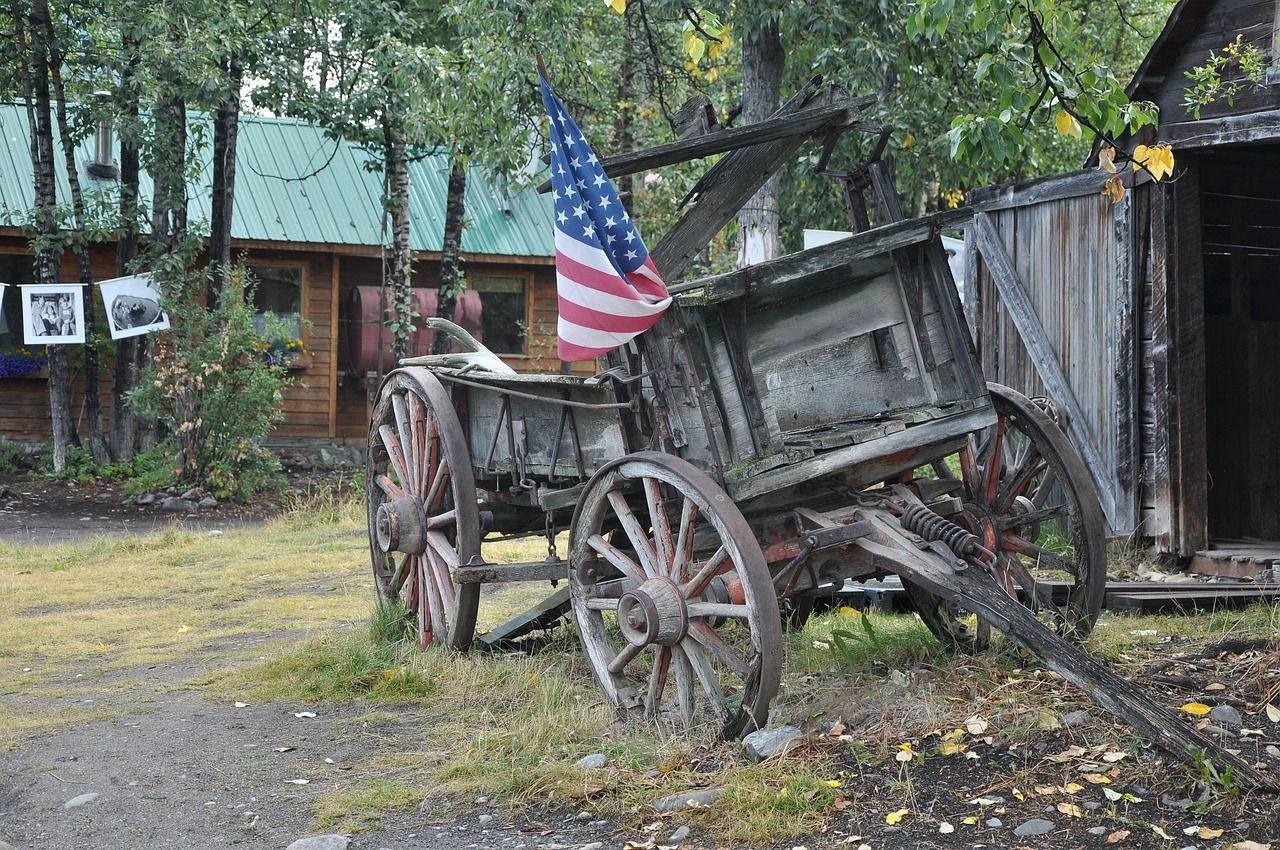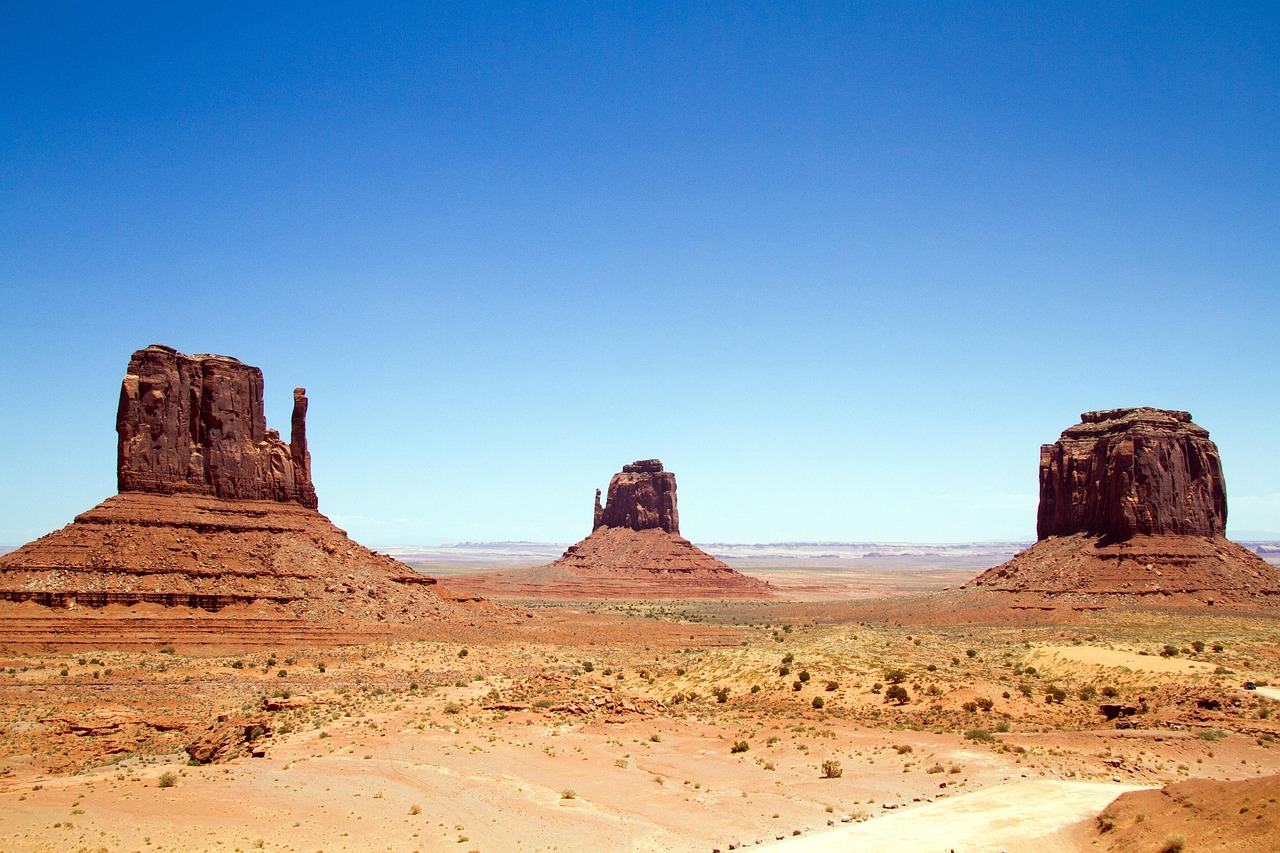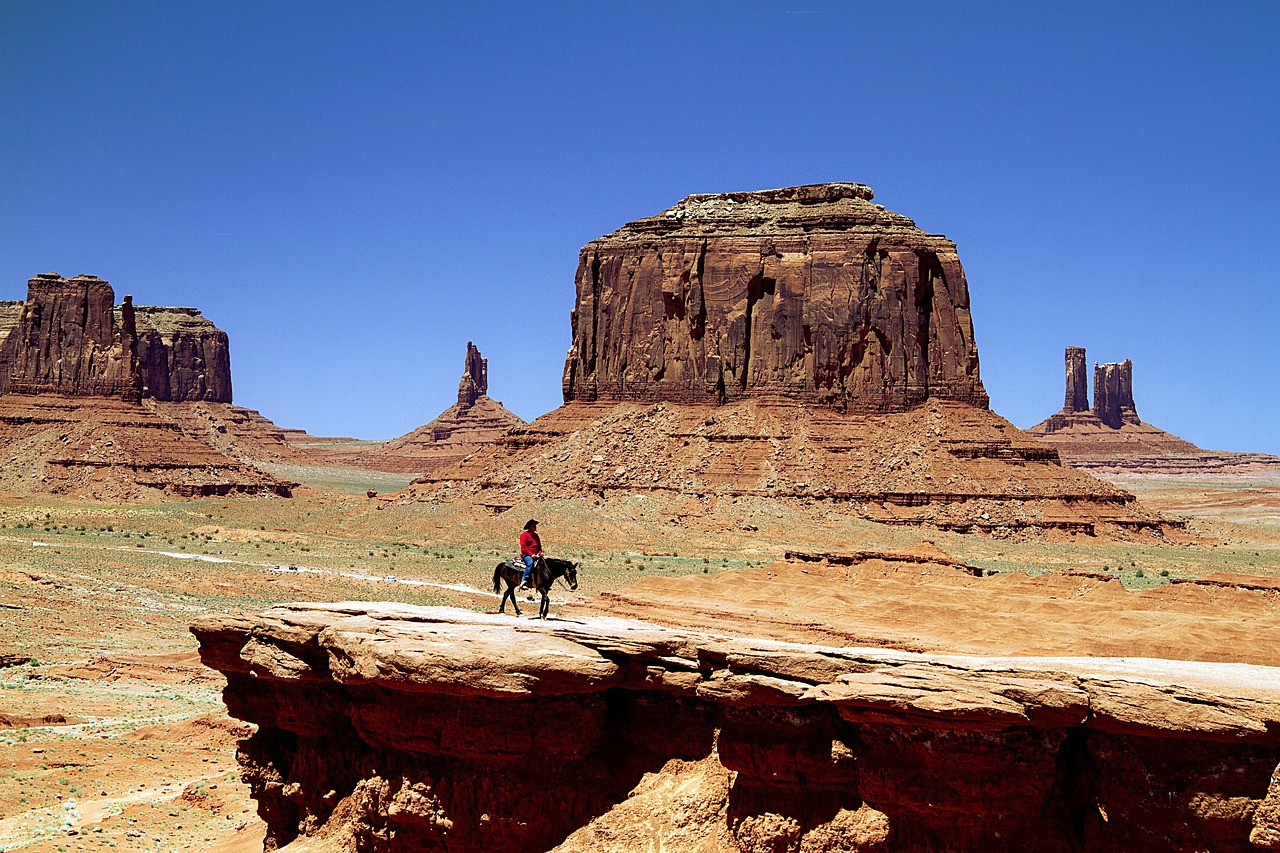By Travel Editorial Team
9 min read
Fast Facts
Region: Western United States
Key States: Arizona, Utah, New Mexico, Colorado, Nevada, Texas, Wyoming, Montana
Best Time to Visit: April–June and September–October
Famous Routes: Route 66, Highway 89, Monument Valley Scenic Road, Million Dollar Highway
Why Go and What to Know
Few places on Earth stir the imagination like the American Wild West. Endless desert roads, red rock canyons, ghost towns, and mountain passes form a living postcard of freedom and rugged beauty.
Driving through the Wild West is more than a road trip—it’s a journey through history. The same trails that once carried pioneers, prospectors, and outlaws now guide travelers past national parks, Native lands, and cinematic landscapes that defined the American spirit.
These winding roads blend nostalgia and discovery—every curve reveals stories of resilience, rebellion, and raw nature.

The Great Western Highways
Route 66 – The Mother Road
Once stretching from Chicago to Santa Monica, Route 66 is the soul of American road travel. Through Arizona and New Mexico, it passes neon diners, vintage motels, and rusting gas stations that whisper the past. Don’t miss Seligman, Arizona—a living museum of mid-century Americana.
Highway 89 – The Scenic Spine
Known as the “National Park Highway,” U.S. Highway 89 links seven major parks, including Grand Canyon, Zion, and Yellowstone. The drive threads through sandstone cliffs, alpine forests, and Navajo Nation lands. It’s a perfect introduction to the West’s natural drama.
Million Dollar Highway, Colorado
Between Ouray and Silverton, this road clings to sheer cliffs with no guardrails—earning its nickname for either the million-dollar views or the cost to build it. Snowcapped peaks, mining ruins, and wildflower valleys make it unforgettable.
Highway 12, Utah
Arguably one of the most scenic drives in America, Utah’s Highway 12 winds through red rock canyons, slickrock ridges, and pine forests between Bryce Canyon and Capitol Reef National Parks. Each turn feels cinematic.

Landscapes of Legend
Monument Valley, Arizona–Utah Border
The backdrop of countless Western films, Monument Valley’s sandstone towers rise like sentinels from the desert floor. Drive the 17-mile loop or hire a Navajo guide for stories that give depth to this sacred land.
Death Valley, California
The hottest and lowest place in North America is strangely beautiful. Dunes, salt flats, and colorful canyons shimmer under surreal light. Visit at sunrise or winter to escape the heat.
Grand Staircase–Escalante, Utah
Remote and otherworldly, this region’s slot canyons and arches are best explored slowly. Dirt backroads like Hole-in-the-Rock Road test both your tires and your sense of adventure.

Culture, Ghost Towns & History
-
Tombstone, Arizona: Walk the streets of the O.K. Corral, where Wyatt Earp’s legend was born.
-
Virginia City, Nevada: A former silver boomtown frozen in time, with wooden sidewalks and saloons still buzzing.
-
Santa Fe, New Mexico: The oldest state capital in the U.S., blending Native American, Spanish, and frontier cultures.
-
Cody, Wyoming: Founded by Buffalo Bill himself; home to a world-class museum of the American West.
Each stop reveals how myth and history intertwine across these winding Western roads.
Adventure Awaits
-
Horseback riding through canyon trails in Monument Valley
-
Stargazing in Bryce Canyon’s certified Dark Sky Park
-
River rafting on the Colorado River through red rock gorges
-
Hiking in Arches or Canyonlands National Parks
-
Photography at sunrise over Mesa Arch
These landscapes reward travelers who slow down—each mile deepens your connection to the land.
Plan Your Trip
Getting There
Most travelers fly into Las Vegas, Phoenix, or Denver before renting a car or RV. Allow at least 10–14 days to explore the main routes without rushing.
When to Go
Spring and fall offer the best balance of weather and open roads. Summer brings heat in the desert but alpine beauty in Colorado and Montana. Winter snow can close high passes but adds dramatic contrast.
What to Bring
-
Refillable water jugs and maps (cell coverage is unreliable)
-
Sunscreen, wide-brim hat, layers for temperature swings
-
A sense of patience and curiosity—the West rewards wanderers
Stay
From rustic cabins to classic motels and national park lodges, accommodation reflects the spirit of the road. Try a night under the stars at a campground for the full frontier experience.
Why the Wild West Endures
The winding roads of the Wild West remain symbols of freedom—open horizons, big skies, and the call of discovery. Here, the land still feels untamed.
Every drive tells a story—of the miners who sought gold, the tribes who first named the canyons, the travelers chasing sunset light. The West is not a destination; it’s a feeling—one that stays with you long after the road ends.


